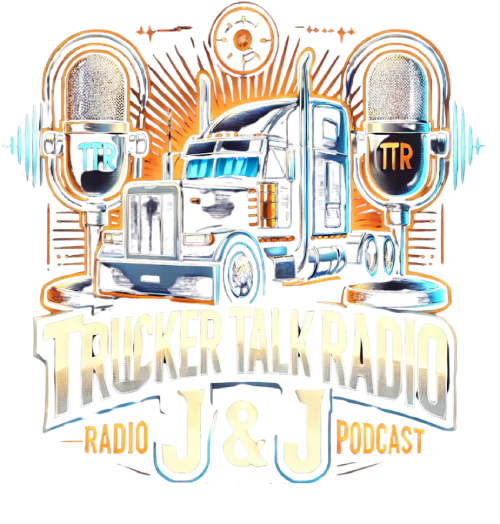New revenue recognition standards will soon impact nearly all nonpublic companies in the U.S., requiring compliance by the end of the 2019 calendar year.
In May 2014, the Financial Accounting Standards Board (FASB) established new, comprehensive principles-based guidelines for revenue recognition, aimed at significantly affecting U.S. companies that issue financial statements. This standard is intended to unify revenue recognition under a single model, replacing the existing varied methods based on different industry standards within generally accepted accounting principles (GAAP).
Who Will Be Impacted?
The updated guidance from FASB applies broadly to all types of entities nationally, including private companies, public firms, and non-profit organizations. Notably, the new model does not alter revenue recognition for insurance contracts, leases, financial instruments, or specific non-monetary transactions.
Nonpublic entities in the U.S. that issue year-end financial statements will need to adopt the new revenue standard in 2019, while public companies were required to do so one year earlier, in 2018.
Core Principles Explained
According to the new revenue recognition model, companies will recognize revenue via a unified standard that accurately reflects the transfer of promised goods or services to customers, reflecting the amount they expect to receive. The historical evolution of U.S. GAAP has led to various transaction and industry-specific guidelines, resulting in inconsistencies in accounting practices among different entities.
FASB has outlined five steps to follow in order to comply with this core principle for recognizing the timing of revenue.
Step 1 – Identify the Contract with a Customer
The new standard defines a contract as an agreement that includes enforceable rights and obligations, existing in written, verbal, or implied forms based on customary business practices.
For instance, carriers can establish contracts through customary practices, while master service agreements alone may not automatically grant enforceable rights unless a bill of lading is issued for each load picked up.
Step 2 – Identify Separate Performance Obligations
The standard classifies a performance obligation as a promise in a contract to deliver a distinct good or service or a combination of them. Frequently, a carrier’s sole performance obligation is the provision of transportation services, with additional tasks like loading or unloading typically being considered part of this obligation.
Step 3 – Determine the Transaction Price
Entities should ascertain the transaction price based on contract terms and their customary business practices, leveraging judgment to decide the expected remuneration.
Variable considerations such as mileage, fuel surcharge, and accessorial fees may contribute to the transaction price, with minimal financing concerns due to the short-term nature of carrier transactions.
Step 4 – Allocate Transaction Price
If only one performance obligation exists, the entire transaction price is allocated to that. For multiple obligations, a suitable allocation must be determined.
In most cases for carriers, the transaction price will be assigned exclusively to transportation services as their singular performance obligation.
Step 5 – Recognize Revenue When Obligations Are Satisfied
Revenue is recognized when the customer takes control of promised goods or services. According to FASB guidelines, freight revenue should ideally be recognized over the duration of transportation, as customers benefit throughout the shipment process, rather than just at delivery.
Under the new standard, carriers will need to recognize revenue over time, capturing revenue in transit based on various calculations at the reporting period’s end, a significant shift from previous practices.
Effective Date and Transition Guidelines
For nonpublic companies, the new revenue standard will take effect for annual reporting periods after December 15, 2018. Companies may choose between two retrospective transition methods: a method that offers optional practical expedients or one where the cumulative effect is recognized upon initial application.
When choosing a method, consider ease of implementation and investor expectations. Nonpublic companies are likely to opt for the cumulative effect approach, with adjustments recorded on January 1, 2019.
Getting Assistance
Given the extensive changes introduced by the new revenue standard, planning and executing the implementation process will be crucial. Reach out to your CLA assurance professional for guidance on navigating this new standard and its implications for your business.


